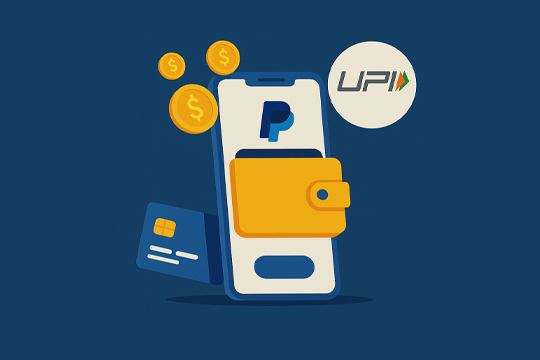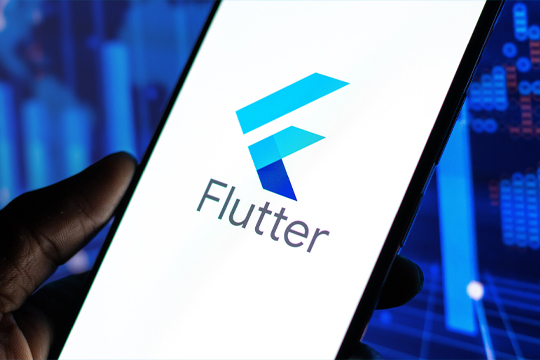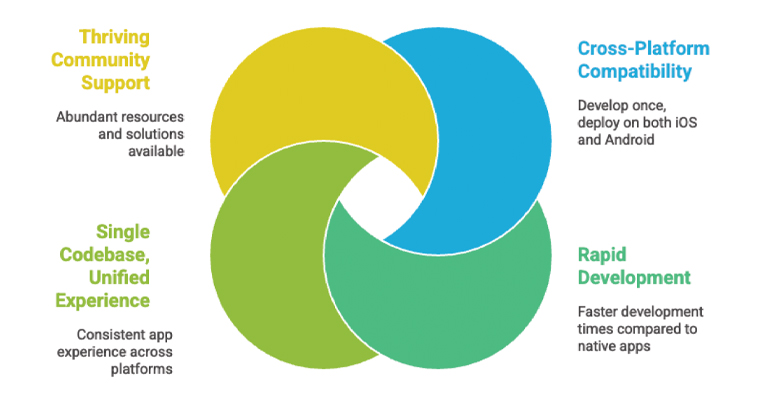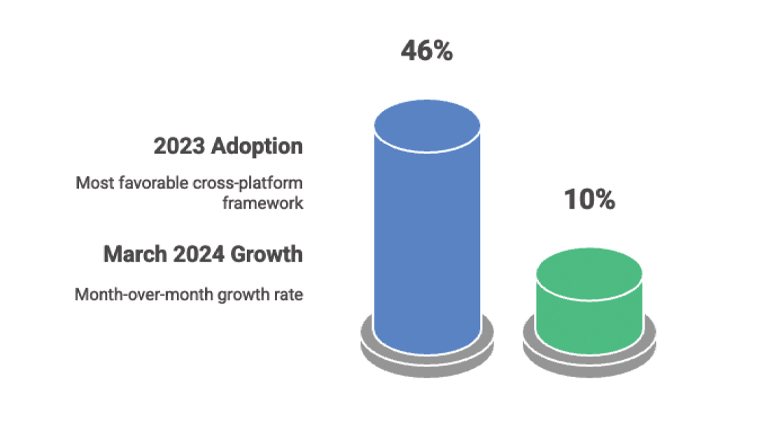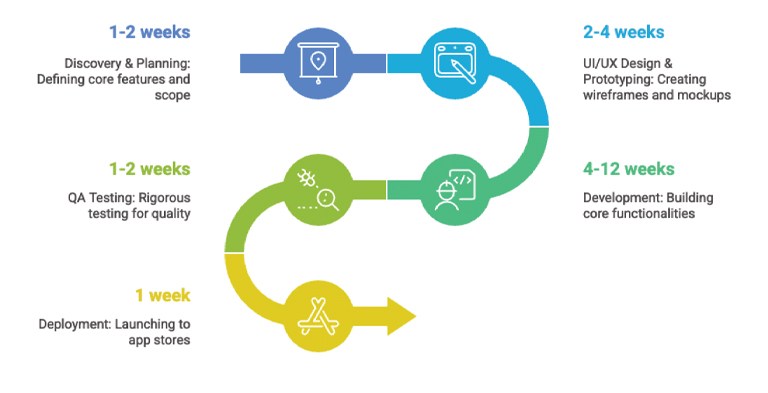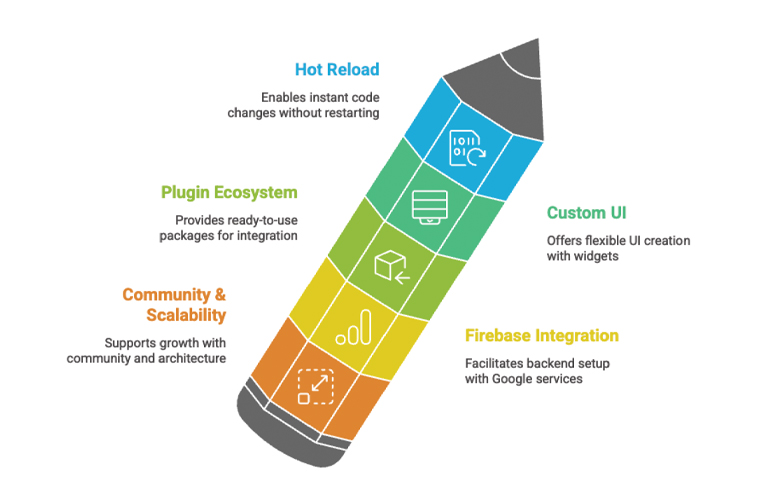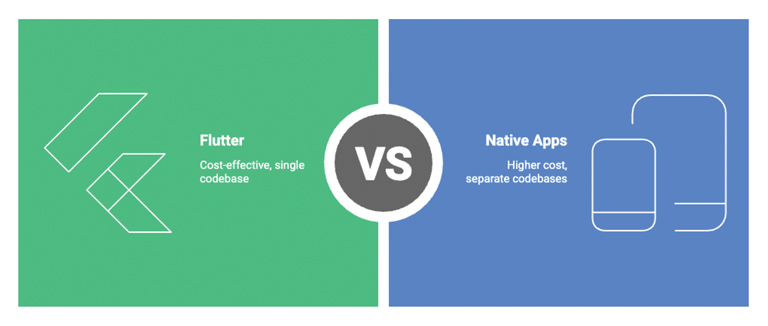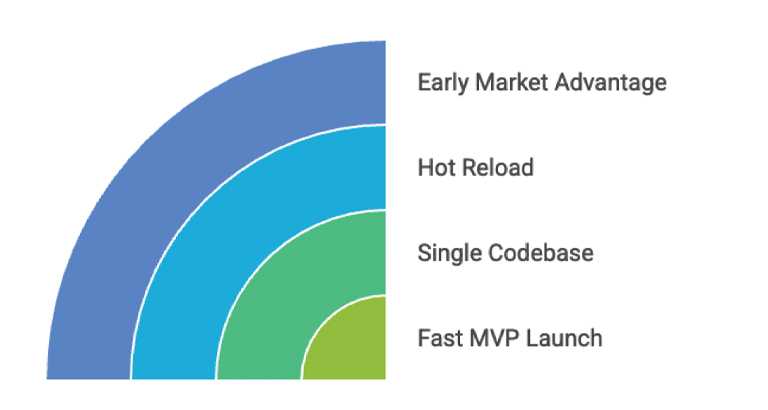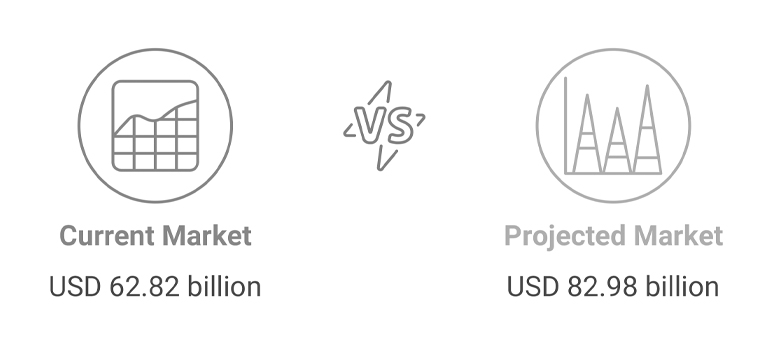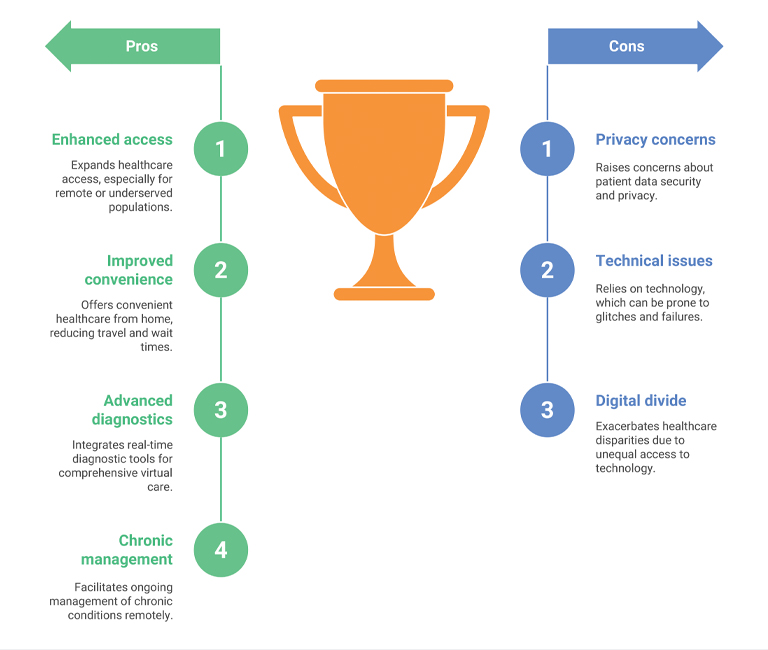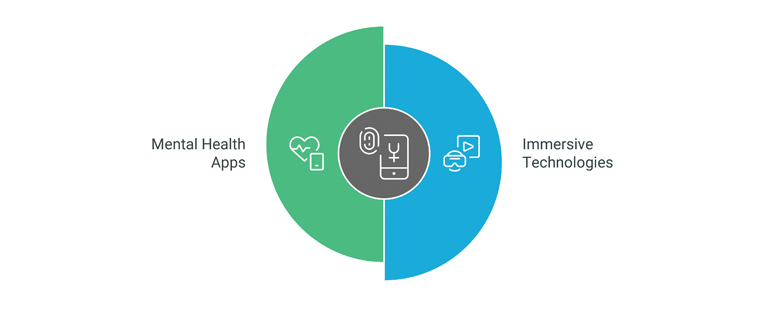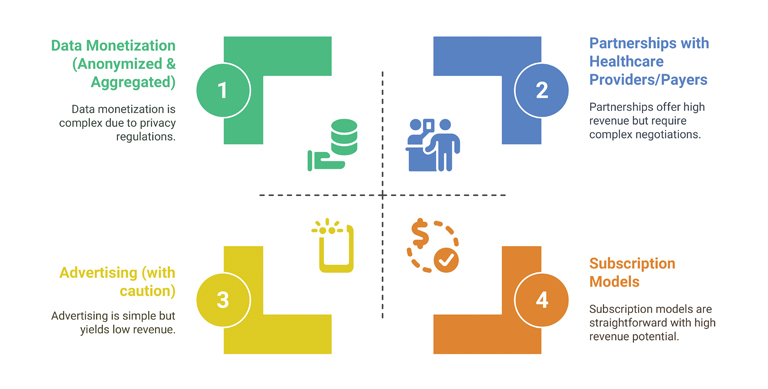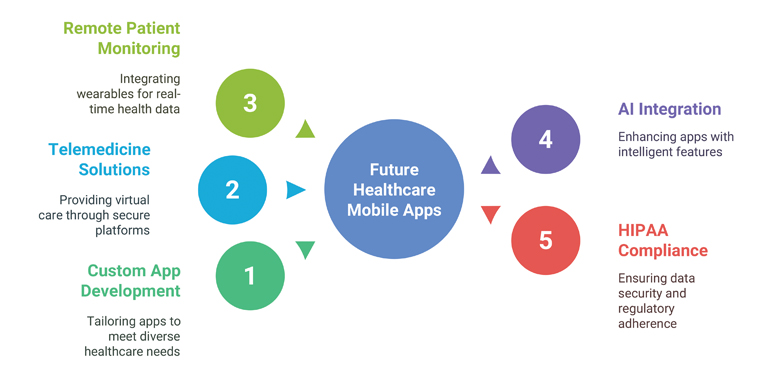Imagine you’re a freelance graphic designer in Mumbai, and you’ve just completed a project for a client in New York. The work is done, but the payment process is where the real headache begins. You’re bracing for a frustrating few days of high currency conversion fees, confusing international wire transfer forms, and waiting for the money to finally hit your bank account.
The same scenario plays out for small business owners exporting goods, digital creators selling services to a global audience, and even families sending money home. The dream of a seamless, affordable, and instant global payment system has always been just that—a dream.
But what if that dream is about to become a reality? A major shift is underway in the world of digital payments, and it’s led by an unlikely but powerful partnership: the global fintech giant PayPal joining hands with India’s revolutionary Unified Payments Interface (UPI). This PayPal UPI integration is not just another headline; it’s a monumental step that could redefine the future of digital wallets, making global transactions as simple as scanning a QR code.
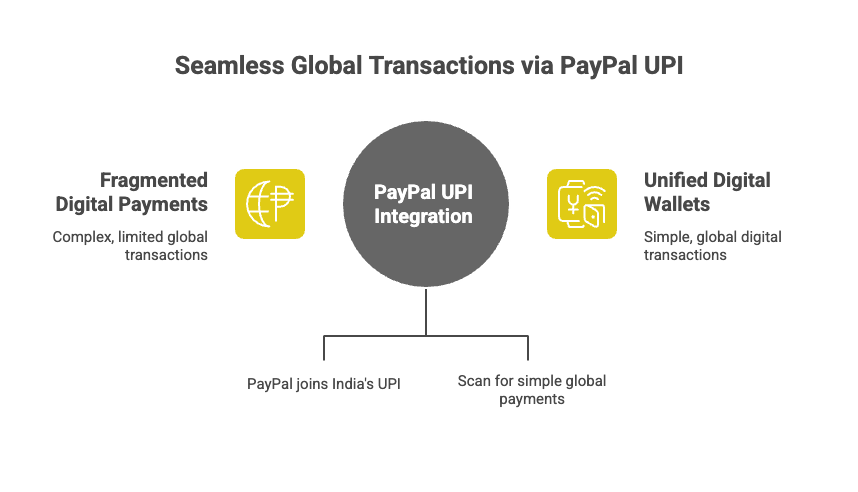
In this comprehensive guide, we’ll dive deep into this landmark collaboration, exploring what it means for consumers, businesses, and the broader global cashless economy. We’ll cover the technology behind it, its significant benefits, and the exciting fintech trends 2025 that this move is setting in motion.
What is UPI and Why is it So Revolutionary?
Before we get to the partnership, let’s understand the backbone of this revolution: UPI. Developed by the National Payments Corporation of India (NPCI) and launched in 2016, the Unified Payments Interface (UPI) is a real-time payment system that enables instant,
peer-to-peer, and peer-to-merchant transactions. Here’s how it works:
- Virtual Payment Address (VPA): Instead of sharing sensitive bank account numbers and IFSC codes, UPI uses a simple, unique virtual ID (like yourname@bank).
- Single App, Multiple Accounts: Users can link multiple bank accounts to a single UPI-enabled app, making it incredibly convenient to manage finances.
- Real-Time, 24/7 Transactions: The system operates around the clock, allowing users to send or receive money instantly, even on holidays.
- QR Code Payments: UPI revolutionized in-person payments with its ubiquitous QR codes, which are now a common sight from street vendors to high-end retail
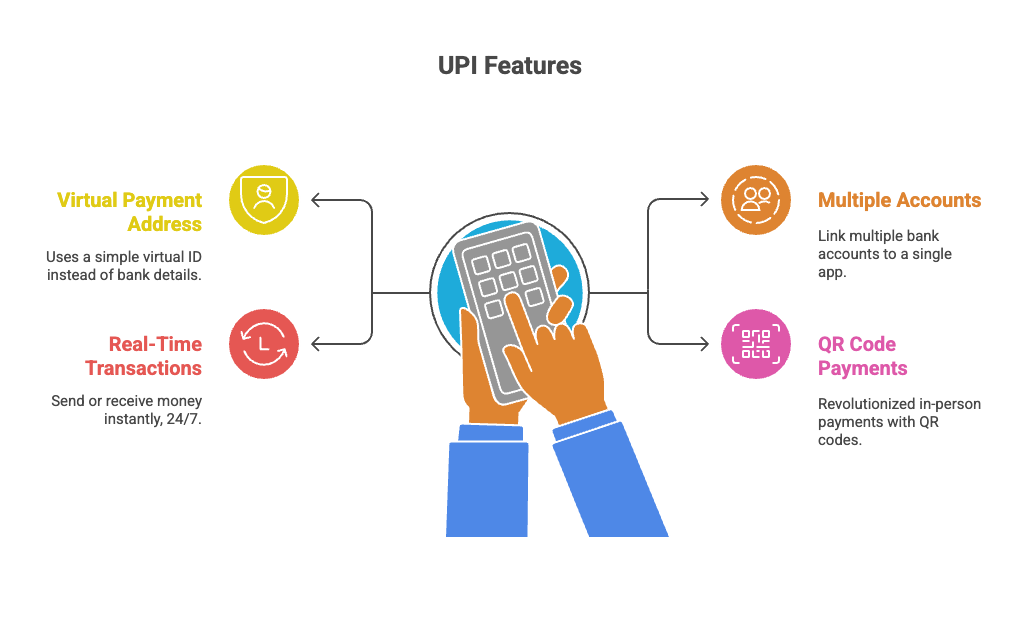
The numbers speak for themselves. According to recent data from the Press Information Bureau (PIB), UPI now processes over 18 billion transactions every month, making it the world’s leading real-time payment system.
This remarkable success, fueled by high smartphone penetration and government support, has proven the effectiveness and scalability of UPI’s model. It now accounts for over 85% of India’s digital retail payments and a significant chunk of global real-time payments.
The Historic PayPal UPI Integration: A New Era for Global Payments
For years, PayPal has been a dominant force in cross-border payments, connecting a user base that is projected to reach nearly 250 million by the end of 2025. However, traditional international payments often come with friction, including high fees and slower processing times.
PayPal’s new platform, “PayPal World,” is designed to solve this very problem. This is where the PayPal UPI integration comes in. By partnering with NPCI International Payments Limited (NIPL), PayPal is essentially creating a bridge between its massive global network and India’s highly efficient UPI system. This move is part of a broader strategy to connect the world’s
largest payment systems and digital wallets, with initial partners including China’s Tenpay Global and Latin America’s Mercado Pago.
What does this mean in a practical sense?
- For Indian Consumers: An Indian user can now shop on an international e-commerce site and pay using their familiar UPI app. When they click the PayPal button at checkout, UPI will appear as a payment option, eliminating the need for international credit cards or complex foreign currency conversions.
- For Global Users: In future phases, it’s anticipated that a PayPal user abroad could send money directly to a recipient’s UPI ID in India, making remittances and family support significantly easier and cheaper.
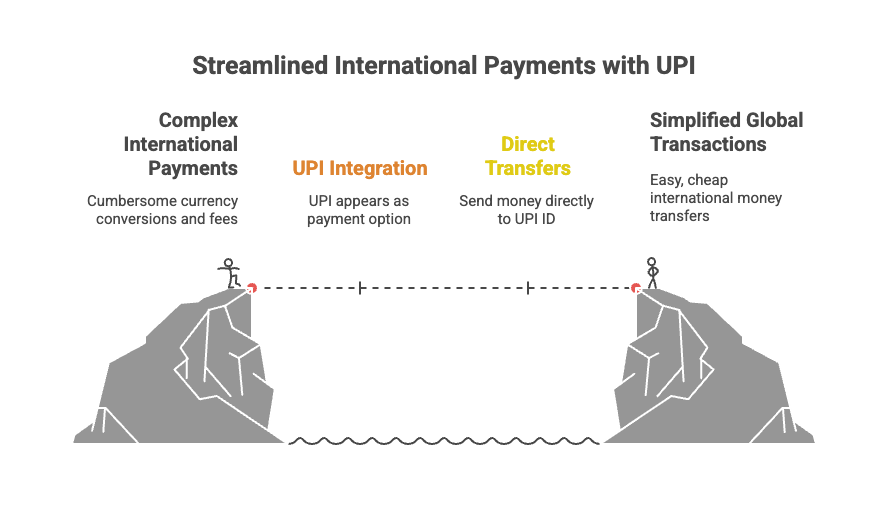
This partnership is a powerful validation of India’s digital finance innovation and its potential to set a global standard for cross-border UPI transactions.
How This Partnership Empowers Freelancers and Businesses
For the millions of freelancers, small businesses, and startups, this PayPal UPI integration is nothing short of a revolution. The traditional methods of receiving international payments have been notoriously difficult and expensive.
Let’s look at the key benefits for these groups:
- Drastically Reduced Costs: Traditional wire transfers and even some digital payment services can charge high transaction fees and currency conversion The PayPal UPI integration promises to streamline this process, leading to a significant reduction in costs for both senders and receivers. For a freelancer, this means keeping a larger portion of their hard-earned income.
- Faster Payments: A project payment that once took 3-5 business days to clear can now be processed almost instantly. This real-time payments capability is a game-changer for cash flow management, especially for startups and independent professionals.
- Simplified Compliance: For Indian exporters and businesses, receiving payments via PayPal and UPI will simplify the compliance process. The integration is expected to provide clearer transaction records and streamline the generation of Foreign Inward Remittance Certificates (FIRC), a crucial document for tax and regulatory purposes.
- Wider Market Access: Global businesses and merchants can now tap into India’s vast UPI user base, one of the fastest-growing digital wallet adoption markets in the world. This makes it easier to accept payments from Indian customers, thereby expanding their market reach.
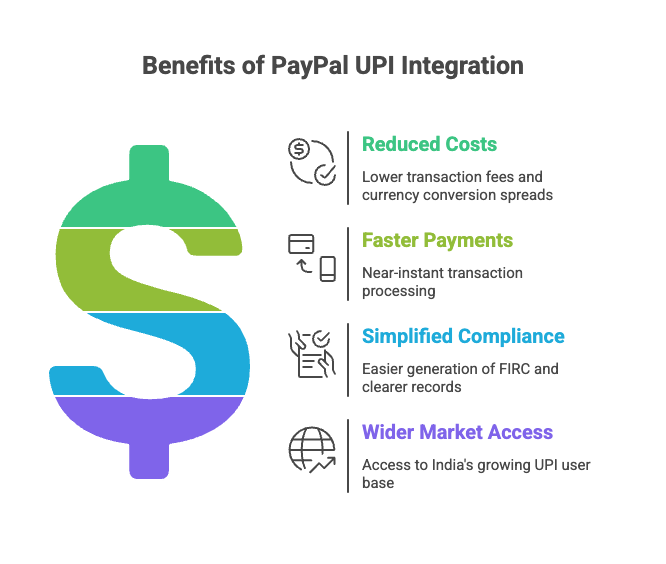
PayPal CEO Alex Chriss has emphasized the company’s commitment to solving the “incredibly complex” challenge of moving money across borders. He believes that this platform will make it simple for nearly two billion consumers and businesses.
The Security, Speed, and Cost Benefits: A Deeper Look
The core strengths of this partnership lie in the combined benefits of both platforms.
- Security: UPI is built on a robust, multi-layered security framework, including device binding, two-factor authentication (UPI PIN), and end-to-end When combined with PayPal’s advanced fraud detection and buyer/seller protection, the security of global UPI transactions will be unparalleled. This provides a strong defense against unauthorized access and fraudulent activities.
- Speed: As mentioned, UPI is a real-time payment The seamless integration with PayPal means that the traditional delays associated with international transactions will be a thing of the past. Money will move as fast as a text message, making the future of digital payments truly instant.
- Cost: While specific fee structures for cross-border UPI transactions are being finalized, the model itself is designed to be more cost-effective than traditional By cutting out intermediary banks and complex SWIFT-based transfers, the partnership is set to offer highly competitive pricing, significantly lowering the barrier for entry into international commerce.
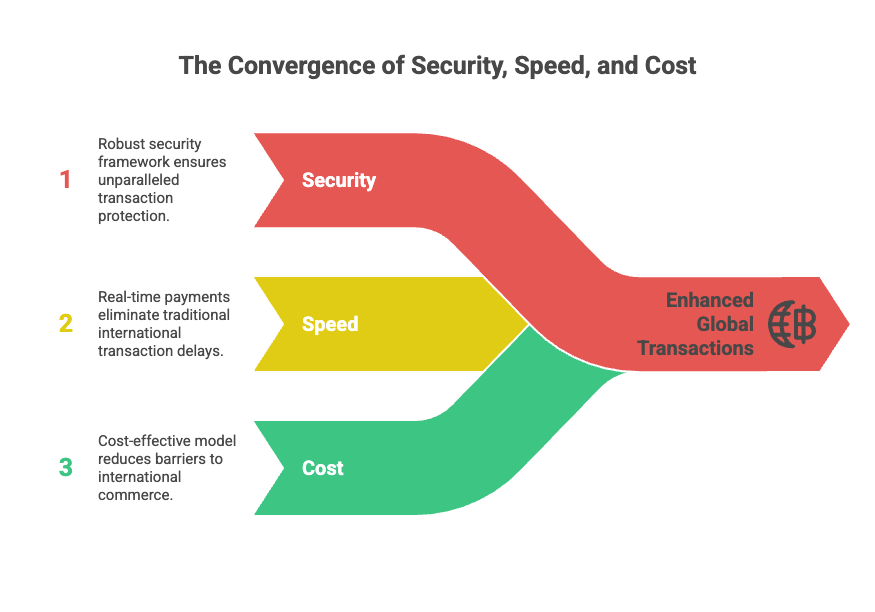
This synergy highlights a major fintech trend: a move away from “walled gardens” and towards a globally interoperable payment ecosystem.
The Road Ahead: Industry Insights and Future Trends
This partnership is a bellwether for the future of fintech. Industry experts view this as a landmark moment that validates India’s position as a global leader in digital finance innovation. This
move is a testament to the fact that homegrown payment systems can scale to a global level and compete with legacy financial infrastructures.
The long-term impact of this is profound. As more countries and payment systems join the network, we can expect to see a truly interconnected global financial landscape. This could pave the way for:
- Instant Remittances: Sending money to family abroad becomes as easy as sending a
- Seamless E-commerce: Shoppers can buy from any international store with their preferred local payment method.
- Financial Inclusion: A more affordable and accessible global payment system can empower individuals and small businesses in developing economies to participate in the global economy more easily.
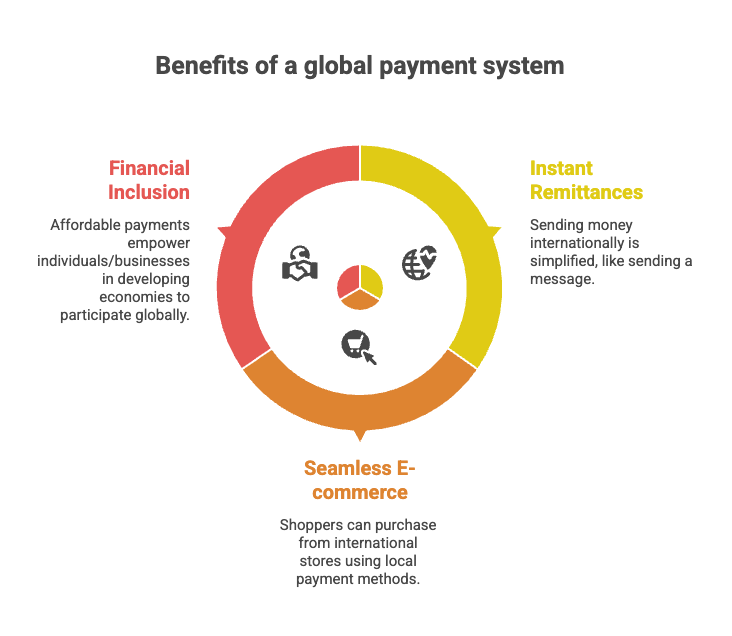
This is a clear signal that cashless economy is no longer a localized concept; it is a global reality being built one partnership at a time.
Conclusion
The partnership between PayPal and UPI is more than just a business deal; it is a powerful symbol of a new era in global finance. It represents the triumph of a user-friendly, efficient, and innovative system from India on the world stage. For anyone who has ever been frustrated by high forex fees, payment delays, or the complexity of international transactions, this integration offers a beacon of hope. It promises a future where money flows across borders as effortlessly as information, making the world a more financially connected and inclusive place. This is a game-changing moment, and it’s a clear sign that the future of digital wallets is faster, cheaper, and more interconnected than ever before.
FAQ Section
1. Can I use UPI with PayPal outside India?
Yes. With the launch of PayPal World, Indian users will be able to make payments to international merchants using their existing UPI-linked bank accounts. The option to pay with UPI will appear at checkout on websites that use PayPal.
2. Is PayPal charging fees for UPI transactions?
While the exact fee structure for cross-border UPI transactions is still being detailed, the partnership’s core goal is to reduce the costs associated with traditional international payments. While there may be a nominal fee for currency conversion, the overall cost is expected to be significantly lower than legacy wire transfer systems.
3. How secure is cross-border UPI?
Cross-border UPI transactions will leverage the robust security features of both UPI and PayPal. UPI uses a two-factor authentication process (UPI PIN) and end-to-end encryption. PayPal adds its own advanced fraud detection and buyer/seller protection mechanisms, creating a highly secure environment for international payments.
4. When will this be available?
PayPal has indicated that the “PayPal World” platform and its initial partnerships, including the UPI integration, are expected to roll out in phases. While a full global rollout may take some time, initial functionalities are set to go live in the latter part of 2025.

